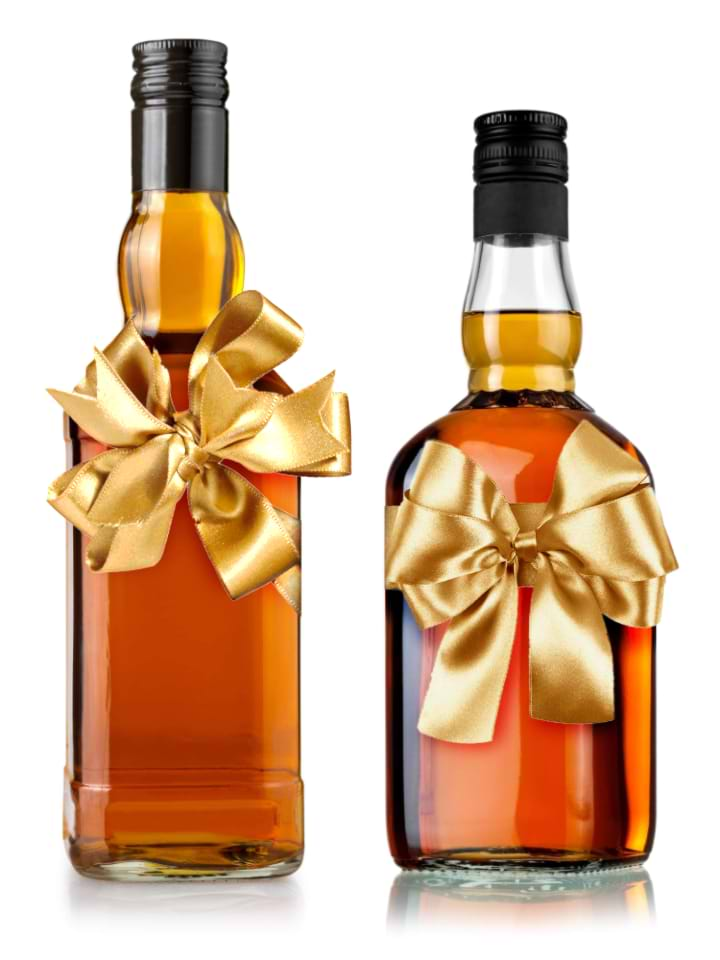
If you’re a fan of RackHouse Whiskey Club, then you already know that whiskey is a glorious spirit that comes with many different types to choose from. When it comes to types there are two that are the biggest and baddest of them all: bourbon and rye. But what makes a whiskey a true bourbon? And what about rye, is it made differently? Although rye and bourbon have a lot in common, there are a few subtle differences you should know. Here’s a breakdown:
Point of Difference #1: Raw Materials
You can tell the difference between bourbon and rye right from the beginning. Why? It’s in the raw materials used to make both spirits. All whiskey is made using a grain mixture and water as the first initial ingredients. For bourbon, the grain mixture, also known as the mash bill, must be at least 51 percent corn. With rye whiskey, the mash bill is at least 51 percent—you guessed it—rye. The remaining 49 percent of the raw materials can be any combination of grains, including barley, corn and rye.
Point of Difference #2: Production
For the most part, production of the two types of whiskey are pretty similar. The mash bills for each respective whiskey are ground and mixed with water. Bet you didn’t know that one of the main ingredients in whiskey is water! Typically the next step with bourbon production is to introduce sour mashing, which is when you add mash from a previous distillation into the mix to ensure consistency. Not every bourbon distiller adds a sour mash. And this step is not used with rye whiskey production. From there, yeast is added to each mash and the mixture begins to ferment. Once the mixture goes through fermentation, it’s technically considered a non-carbonated beer. It becomes whiskey once it’s distilled in continuous stills.
Point of Difference #3: Barrels
Bourbon and rye whiskey both start out clear in color and then gain color from caramelized sugars in charred American oak barrels. There isn’t a clear distinction with how each one is aged. But bourbon can be no more than 62.5 percent alcohol when it’s placed inside a wooden cask to age. Unlike Scotch or Irish whiskey, bourbon doesn’t have a minimum age requirement although in order for it to be considered “straight bourbon” it has to be aged for at least two years. Similarly, rye whiskey also has to be aged two years before being called “straight.” So in America, production regulations for both are almost identical, but in Canada they have to age the rye whiskey for at least three years. Another similarity is that neither bourbon or rye can be distilled at higher than 160 proof. Whiskey enters the barrel at 125 proof max for aging. Once they’re done aging, the whiskey is filtered, diluted with water and bottled at a minimum of 40 percent ABV.
Point of Difference #4: Flavor
Overall, the greatest difference between bourbon and rye whiskey really comes down to the taste. And you can tie the distinct flavor profiles back to the main ingredients. The corn mash used to make bourbon results in a sweet, caramel-like and full-bodied flavor. The rye mash used to make rye whiskey means the taste tends to be spicier, drier and more savory. Bourbon flavors are typically easier for a novice to enjoy because of the noticeable sweetness and consistency while the intensity of rye whiskey is more of an acquired taste. One additional note is that rye whiskey is usually the first to grab for classic cocktails because many of those recipes call for sugar or blending with other sweet liquors. Using bourbon as the base could end up being too sweet. However, bourbon is routinely showing up in Manhattans, Old Fashioneds and whiskey sours.
As with every food or beverage preference, it depends on the person drinking the whiskey to decide whether bourbon or rye reigns supreme. In our opinion, you can’t really go wrong either way! If you’re looking for an easy way to be introduced to and find unique types of bourbon AND rye whiskey, check out RackHouse Whiskey Club. RackHouse scours the U.S. looking for the best distilleries with the most interesting stories to curate a unique subscription box filled with full-sized bottles of hard-to-find small batch whiskey. We’re building a community of premium craft whiskey drinkers and you’re invited. Join us!









